Understanding The Russian Military's Moves In Europe
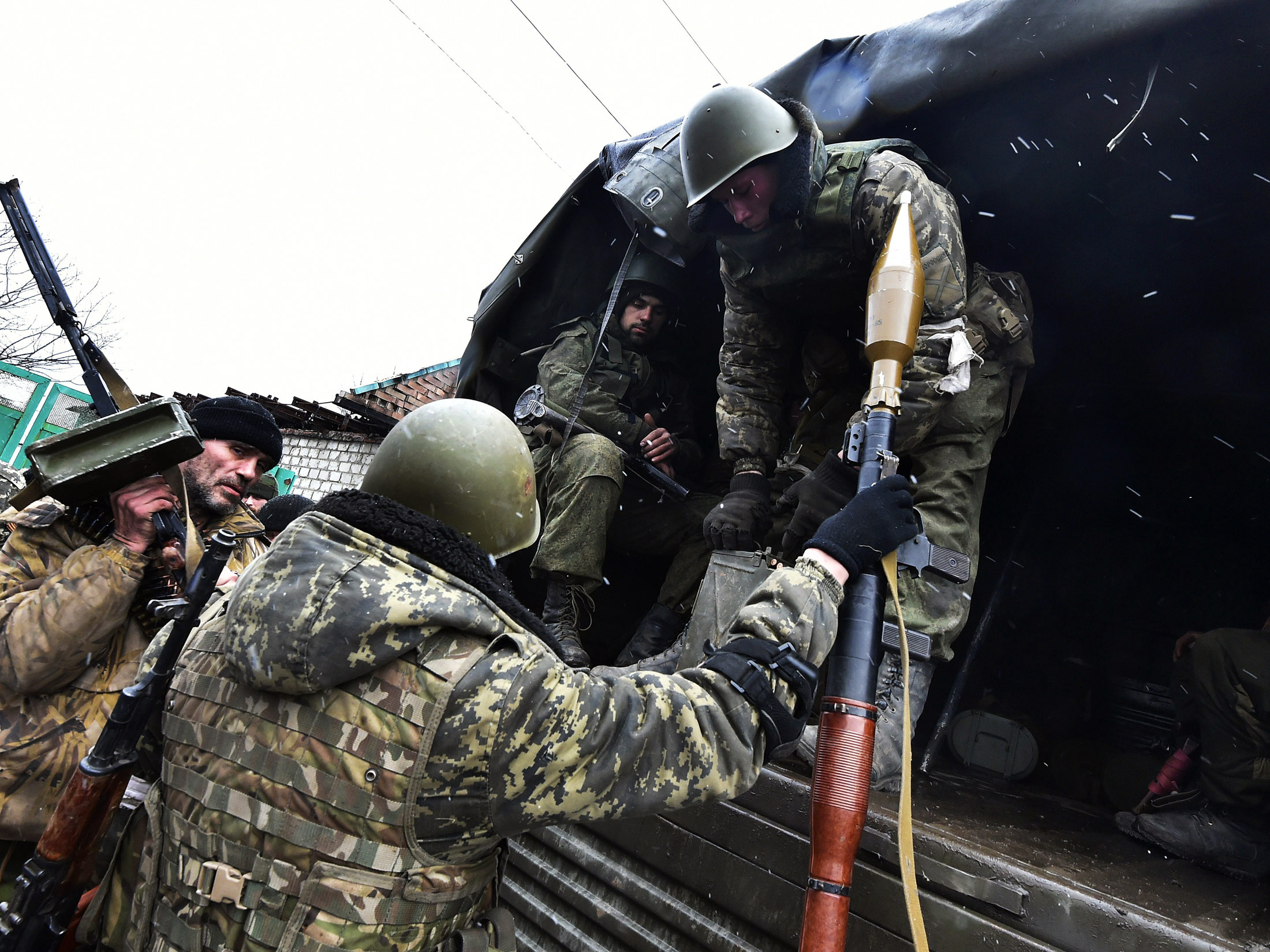
Table of Contents
Historical Context: Tracing Russia's Military Presence in Europe
Understanding the current Russian military moves in Europe requires examining its historical context. Russia's military engagement in Europe is a long and complex story, shaped by centuries of expansion, conflict, and shifting alliances. Analyzing this history is crucial for interpreting present actions and anticipating future developments.
-
Soviet era interventions and influence: The Soviet Union's military involvement in Eastern Europe after World War II established a significant presence, influencing political systems and shaping the Cold War dynamic. This period saw the creation of the Warsaw Pact, a military alliance directly opposing NATO. Soviet military interventions in Hungary (1956) and Czechoslovakia (1968) demonstrated the Kremlin’s willingness to use force to maintain control within its sphere of influence. Understanding this legacy of intervention is vital for interpreting Russia's current actions.
-
Post-Soviet era challenges and military reforms: The collapse of the Soviet Union in 1991 presented both challenges and opportunities for Russia. The loss of its empire necessitated significant military reforms, aiming to modernize its forces and adapt to a new global order. However, the economic difficulties of the 1990s hampered these efforts, leading to a period of relative military weakness.
-
NATO expansion and its impact on Russian strategy: The eastward expansion of NATO since the end of the Cold War has been a key factor shaping Russia's military strategy. Russia views this expansion as a direct threat to its security interests, particularly the encroachment of the alliance closer to its borders. This perception has significantly fueled its military deployments and activities. The annexation of Crimea in 2014 can be largely seen as a direct response to perceived NATO encroachment.
-
Key military doctrines and their implications for regional stability: Russia's military doctrines, emphasizing rapid response and asymmetric warfare, reflect its concerns about NATO's capabilities and its perceived vulnerability. These doctrines, coupled with its significant military modernization efforts, contribute to regional tensions and uncertainties about Russia's intentions.
Current Military Deployments and Activities
Currently, Russia maintains a significant military presence along its European borders. Analyzing these deployments is crucial to understanding the Russian military's current strategy and its potential implications.
-
Analysis of troop movements and military exercises: Regular troop movements and large-scale military exercises near NATO borders are observed, often causing concern among Western allies. These exercises, while sometimes described as routine training, are viewed by many as demonstrations of force and a way to test NATO's response capabilities.
-
Assessment of military infrastructure development near European borders: Russia has been actively developing its military infrastructure near its European borders, including upgrading air bases, building new military installations, and enhancing its early warning systems. This infrastructure development further enhances Russia's military capabilities and projection of power in the region.
-
Examination of the role of Wagner Group and other paramilitary forces: The Wagner Group and other private military companies (PMCs) play a significant role in Russia’s military actions, often operating in areas where direct military intervention might be riskier politically. Their activities add another layer of complexity to the security landscape.
-
Discussion of Russia's naval activity in the Black Sea and Baltic Sea: Russia’s naval activity in both the Black Sea and Baltic Sea has increased, including the deployment of advanced naval assets. This increased naval presence represents a significant factor in regional power dynamics and poses challenges to NATO's naval capabilities in the region.
Motivations and Strategic Goals
The motivations behind Russia's military moves in Europe are multifaceted and complex. Several key factors contribute to the Kremlin's strategic calculus.
-
Securing national interests and borders: Russia views its military actions as essential for securing its national interests and protecting its borders against perceived threats. This includes safeguarding its access to vital resources and maintaining control over strategic territories.
-
Countering NATO expansion and influence: The expansion of NATO is seen by Russia as a direct threat to its security and influence, prompting military responses designed to counter the alliance's growth.
-
Maintaining regional dominance and asserting power: Russia seeks to maintain its regional dominance and project power within its sphere of influence, using its military capabilities to deter challenges and shape the political landscape.
-
Projecting influence in neighboring countries and regions: Through military deployments and other actions, Russia seeks to project its influence in neighboring countries and regions, shaping political outcomes and ensuring its interests are prioritized.
Implications and Potential Scenarios
Russia's military activities in Europe carry significant implications, potentially leading to various scenarios, ranging from increased tensions to outright conflict.
-
Assessment of the risk of escalation and potential conflict: The risk of escalation remains a critical concern, particularly in regions where Russian and NATO forces are in close proximity. Miscalculations or accidental incidents could trigger a larger conflict.
-
Analysis of the impact on regional security and stability: Russia's military actions destabilize the region, increasing uncertainty and threatening existing security mechanisms. This destabilization has far-reaching effects, impacting trade, investment, and the daily lives of people in the affected areas.
-
Examination of the response of NATO and other European countries: NATO and other European countries have responded to Russia's military activities through a combination of sanctions, military deployments, and diplomatic efforts. However, the effectiveness of these responses remains a subject of debate.
-
Evaluation of the economic and humanitarian consequences: The economic and humanitarian costs of Russia's military actions are substantial, affecting regional economies, displacing populations, and causing significant human suffering.
The Role of Disinformation and Propaganda
Disinformation and propaganda play a significant role in shaping public perception of the Russian military's activities.
-
Examples of disinformation campaigns: Russia engages in disinformation campaigns designed to sow discord, undermine trust in Western institutions, and justify its military actions. These campaigns often use social media and other online platforms to spread false or misleading information.
-
Impact of media narratives on perceptions: Controlled media narratives within Russia often present a vastly different picture of events than that presented by Western media sources, leading to divergent perceptions of the conflict.
-
How to identify and counter disinformation: Critical thinking, media literacy, and reliance on verified sources are essential for identifying and countering disinformation campaigns.
Conclusion
Understanding the Russian military's moves in Europe requires a nuanced understanding of its historical context, current deployments, underlying motivations, and potential implications. The situation is complex and multifaceted, shaped by historical grievances, geopolitical competition, and ongoing power struggles. The risk of escalation, the impact on regional stability, and the role of disinformation all contribute to the challenges of navigating this volatile situation. Continuing to stay informed about the evolving situation regarding Russian military moves in Europe is crucial to understanding the ongoing geopolitical dynamics and their impact on global security. Further research into specific aspects of this complex issue is encouraged. Use reliable news sources and analytical reports to stay updated on the Russian military’s activities in Europe.

Featured Posts
-
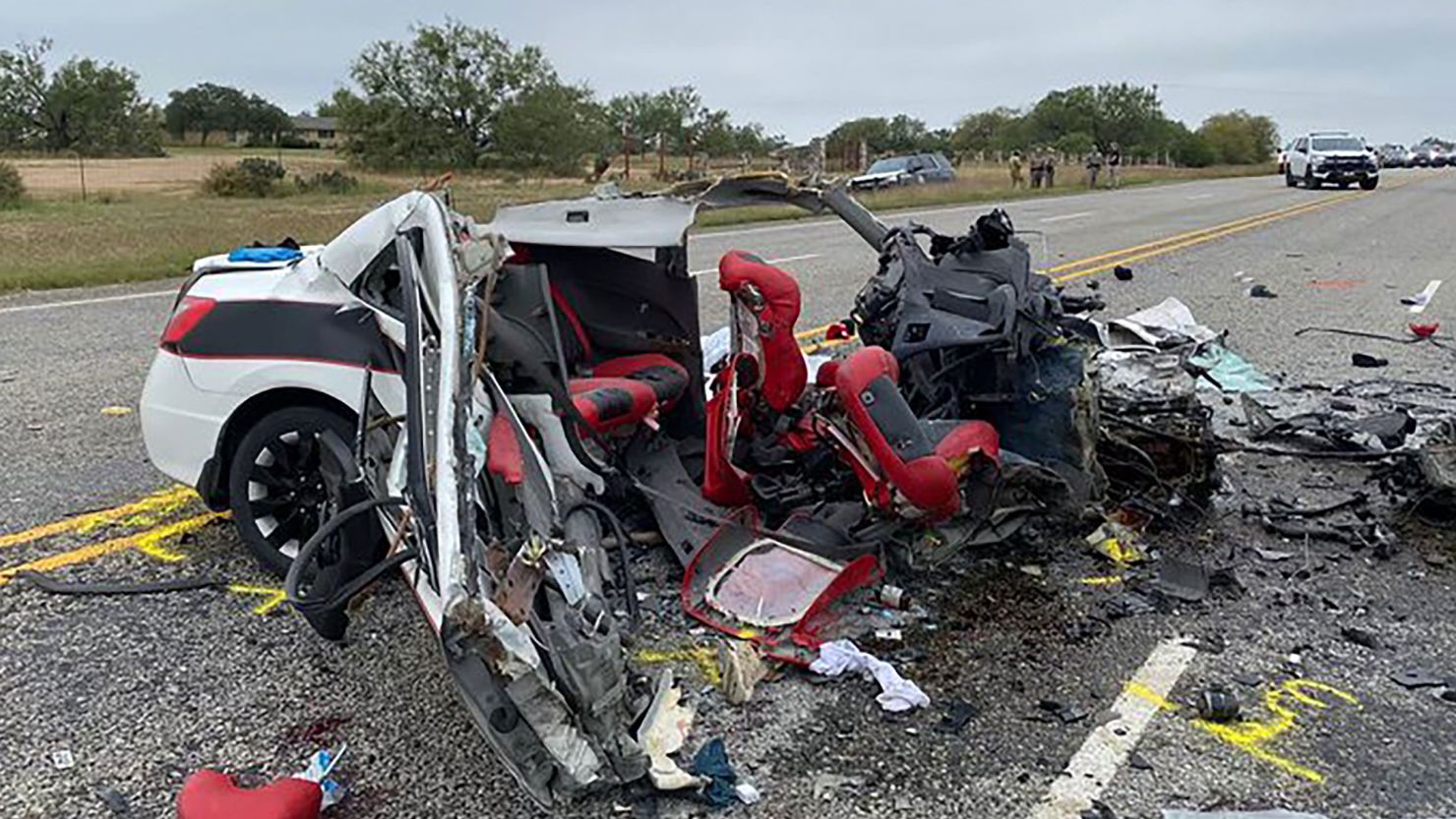 Fatal Wrong Way Collision Kills Texas Woman Near State Border
Apr 29, 2025
Fatal Wrong Way Collision Kills Texas Woman Near State Border
Apr 29, 2025 -
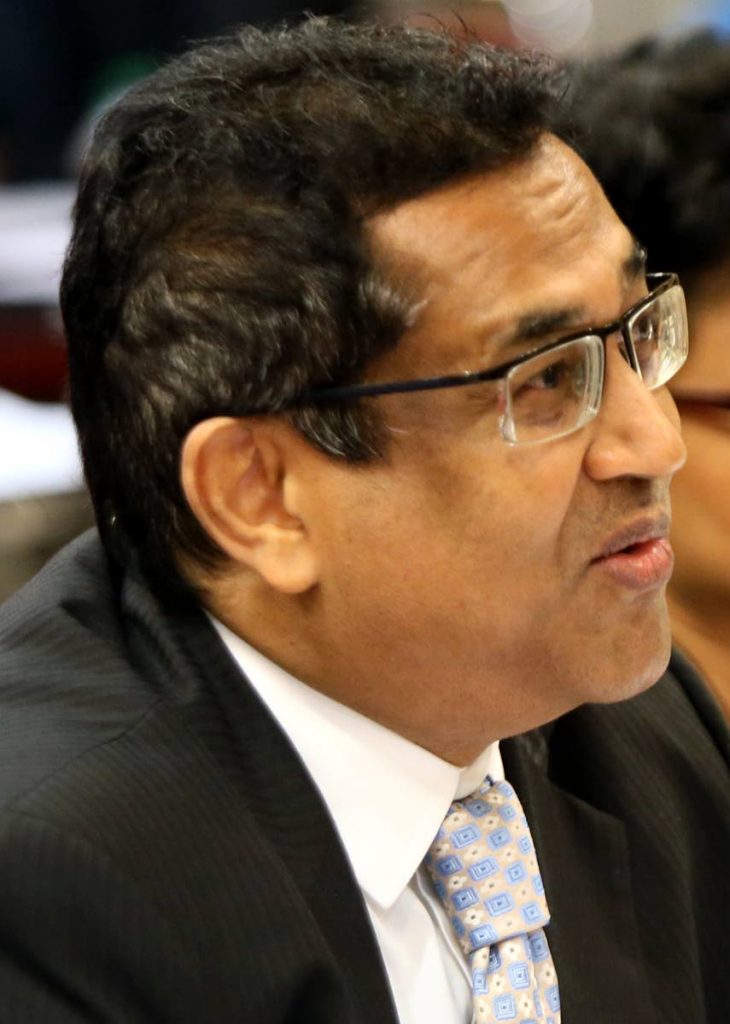 Revealed How Xs Debt Financing Restructured The Company
Apr 29, 2025
Revealed How Xs Debt Financing Restructured The Company
Apr 29, 2025 -
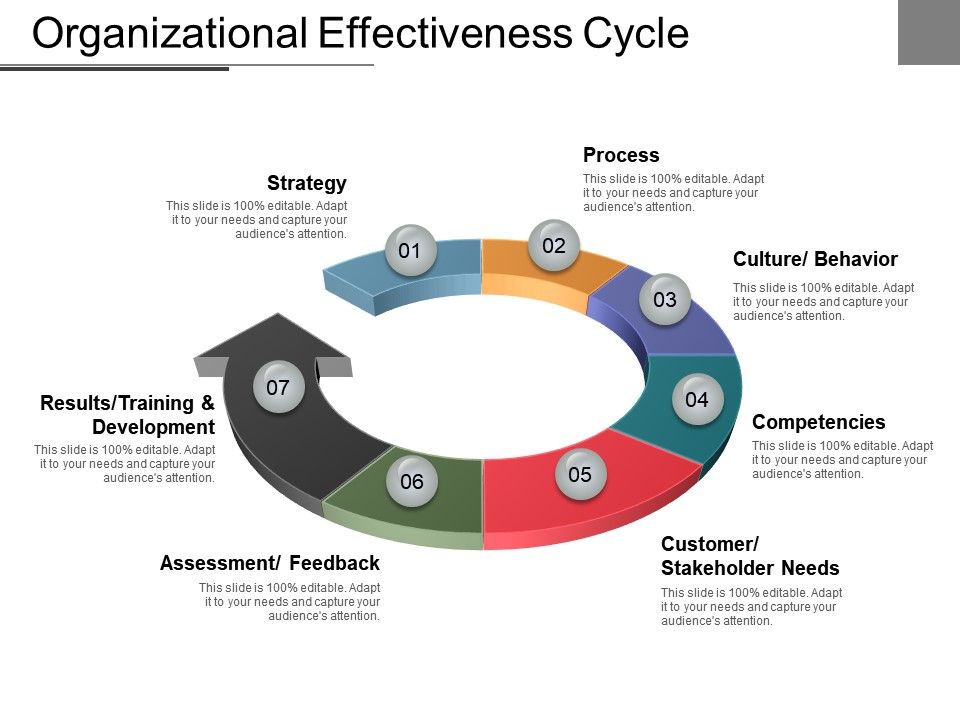 Middle Management An Essential Link In Organizational Effectiveness
Apr 29, 2025
Middle Management An Essential Link In Organizational Effectiveness
Apr 29, 2025 -
 The Ramiro Helmeyer Story Striving For Blaugrana Glory
Apr 29, 2025
The Ramiro Helmeyer Story Striving For Blaugrana Glory
Apr 29, 2025 -
 Black Hawk Pilots Actions Before Fatal D C Crash A Detailed Account
Apr 29, 2025
Black Hawk Pilots Actions Before Fatal D C Crash A Detailed Account
Apr 29, 2025
Latest Posts
-
 Why Older Adults Are Choosing You Tube For Entertainment
Apr 29, 2025
Why Older Adults Are Choosing You Tube For Entertainment
Apr 29, 2025 -
 You Tubes Growing Popularity Among Older Viewers
Apr 29, 2025
You Tubes Growing Popularity Among Older Viewers
Apr 29, 2025 -
 Full Pardon For Rose Trumps Decision And Its Fallout
Apr 29, 2025
Full Pardon For Rose Trumps Decision And Its Fallout
Apr 29, 2025 -
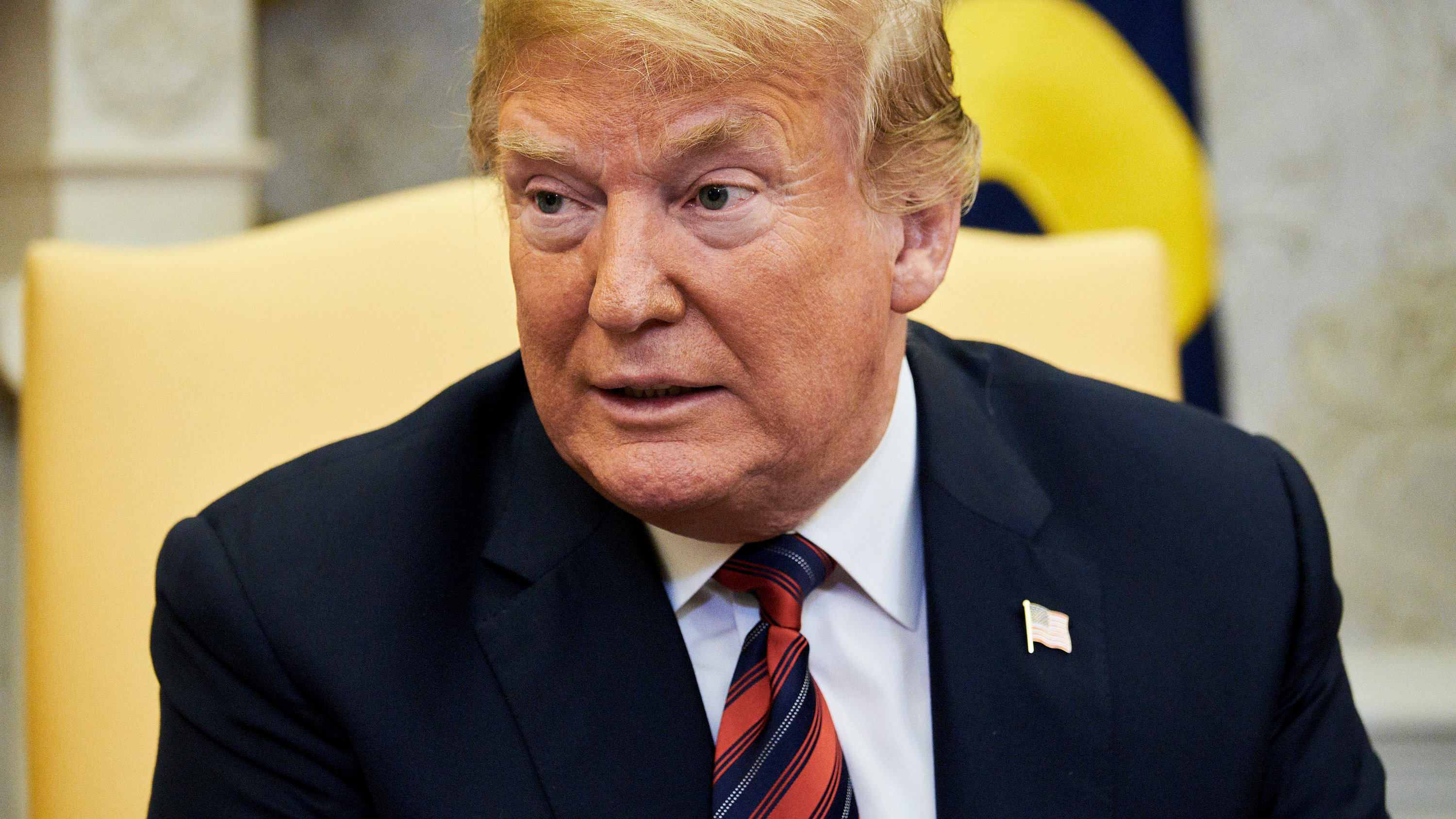 Rose Pardon Will Trump Grant Executive Clemency
Apr 29, 2025
Rose Pardon Will Trump Grant Executive Clemency
Apr 29, 2025 -
 Will Trump Pardon Rose A Complete Analysis
Apr 29, 2025
Will Trump Pardon Rose A Complete Analysis
Apr 29, 2025
